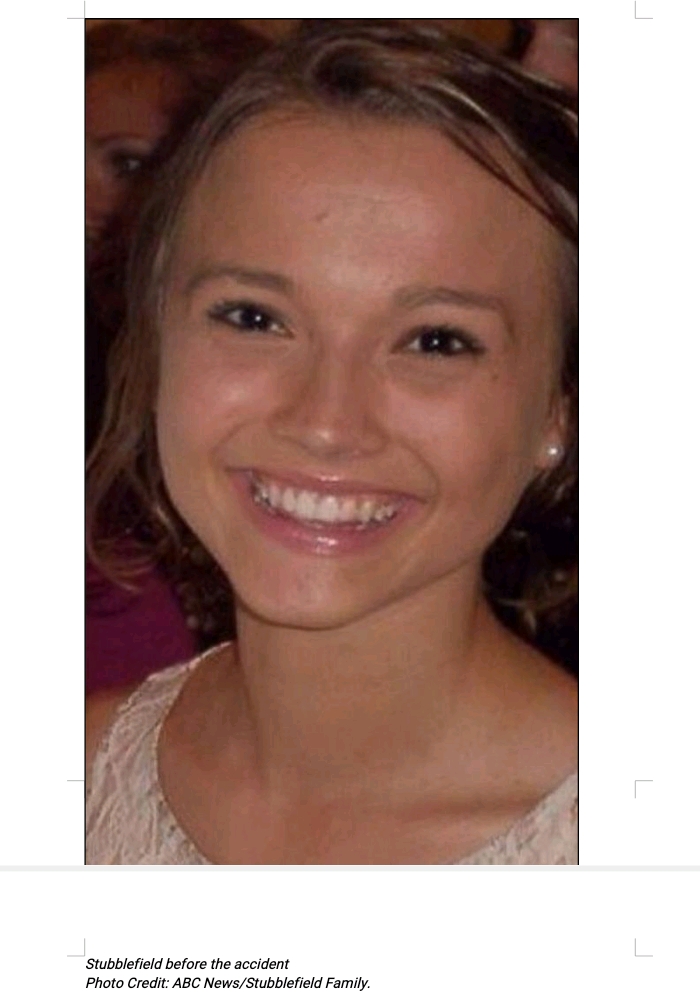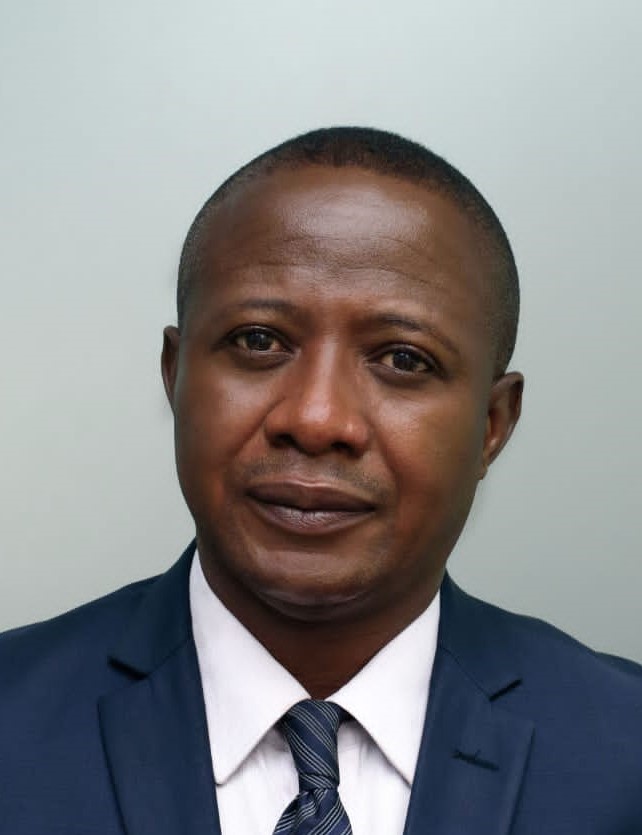By Omolola Afolabi
In the spring of 2014, 18-year-old Katie Stubblefield, a promising high school student, shot herself in the face in a suicide attempt.
She did not lose her life, but lost her face.
After undergoing 22 reconstructive surgeries, she was given a completely new face from a “donor” who died of drug overuse.

She came out of the theatre after a 31-hour surgery as Katie Stubblefield but with Adrea Schneider’s face.
More than any other part of our body, the face speaks strongly of our identity. Emotions, taste, sight, smell, hearing and others are all expressed on the face.It’s probably what makes the idea of a face transplant confounding.
This trailblazing surgery was carried out in May, 2017, at the Cleveland Clinic in Ohio, United States.
Stubblefield at 21 became the youngest person in the US to undergo a complete face transplant, while Maurice Desjardins, in 2018, became the oldest person to receive a face transplant after his face became disfigured in a hunting accident in Canada.
A second chance
According to National Geographic, the $4.8m surgery was funded by the US Department of Defence through the Department of Regenerative Medicine.
Stubblefield got the following parts of the face transplanted: the donor’s skin, muscle, upper and lower jaws, teeth, cartilage, soft palate, blood vessels and nerves.
A greater part of the work that made Stubblefield regain all her facial senses began with painstaking efforts from the Scientist and Surgeon, Maria Siemonow. She pioneered the first human face transplant in 2008 in the US after experimenting on rats.
For her chin and lower lip, a piece of her Achilles tendon was used. The doctors built a new lower jawbone from titanium and a piece of her fibula (one of the bones from the lower leg) with flesh still attached.
During the procedure, the donor’s face was removed, along with the lower portion of her skull.
The blood vessels were quickly attached to ensure the donor’s face could access oxygenated blood. After this nerve connection, Stubblefield’s facial nerves were then connected to the donor’s.
Stubblefield’s specialists included plastic surgeons, nutritionists, physical therapists, endocrinologists, infectious disease specialists, neurosurgeons, ophthalmologists, social workers, bioethicists, psychiatrists, anesthesiologists, dentists, pharmacists, internal medicine specialists, vascular surgeons and nurses.

The face transplant team used an innovative technology called HoloLens.
In the aftermath of the surgery, Stubblefield now became a “professional patient” as her journey was deeply involved in extensive medical procedures, rehabilitation and psychological care.
Currently, she uses her experience to advocate against suicide, while promoting mental awareness with support from her parents.
“Life is precious, and life is beautiful,” she said.




